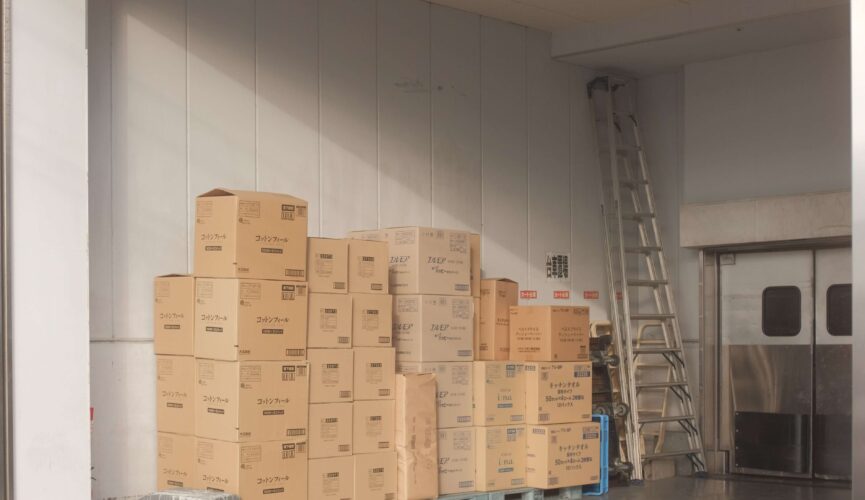Plumbers install, repair and maintain pipes, fixtures and appliances that facilitate water supply and waste disposal in residential, commercial and industrial settings. They use hand tools and power tools to do their job. Plumber St. Petersburg FL is comfortable with physical work and working in tight spaces. They also need good customer service skills because they often deal directly with clients.

The handle of a faucet is what you use to turn on and off the water. Any damage to this part of the system can cause leaks and other problems. If your handle is cracked or broken, it can be replaced easily by unscrewing a set screw and lifting off the old handle. Then, remove the spout or cartridge and check the seals and O-rings for wear or damage. Replace these parts as needed.
Plumbers can earn their certification through a traditional ‘earn while you learn’ apprenticeship or by attending a vocational school program. They must also understand building codes and blueprints in order to install plumbing systems according to specifications.
Spout
The spout is the lip that funnels water like on a teapot, pitcher, watering can, cruet or other container. When water is turned on, the valve controls the amount and speed of flow from the spout. Any damage to the spout, such as a crack or chip, may require replacement.
The body of the faucet can be found in one- or two-hole designs, or in a bridge design that blends hot and cold water from separate valves before it reaches the spout. The body also contains the control valves and the water supply lines, which may need to be replaced if damaged by improper installation or wear over time. Some faucets feature sensors that activate the valve when your hand is detected, which can be a great energy-saving option.
Seat
The seat is a small disk that sits at the bottom of a faucet stem, over which the washer and springs fit. If the seat is cracked or otherwise damaged, it may lead to leaks or other problems with the faucet. A plumber might tap the seat with a hammer to check for damage. If nicks or cracks are found, the plumber might remove it and replace it. Replacement seats are usually available at a plumbing supply outlet. Occasionally, a plumber might add a bit of silicone rubber sealant or pipe joint compound to the threads of the seat to make future removal easier.
Other duties that a plumber might perform include inspecting existing pipes and pressure levels; testing water for flow and temperature; locating leaks; fitting new taps or valves; power flushing central heating systems; or repairing toilets. To do these tasks, a plumber must have good physical strength and knowledge of the local plumbing codes and regulations. They should also have excellent communication and intrapersonal skills to interact with customers effectively. They should be able to read blueprints and technical drawings to understand the details of plumbing installations.
Cylinder
Cylinders, like all 3D shapes, have a variety of properties. They have faces, edges and vertices. They also have a curved surface, called a base. There are a number of real-life examples of cylinders, including soda cans, water bottles and oil drums. The cylinder shape is one of the most basic of the curvilinear geometry shapes.
Cylinder problems can occur when the cylinder is operated beyond its load and energy limits. When this happens, the rod experiences higher stress and friction rates. This can cause seal failure, cylinder bore wear and rod bending or breakage. A simple step to prevent cylinder problems is to ensure that the cylinder’s piston rod is aligned properly with the mating machine component.
Improper installation can result in excessive cylinder rod gland and cylinder bore wear, which shortens the life of the cylinder. To avoid this, it is important to use a high-quality cylinder mount. In addition, the cylinder should be installed with an appropriate gland and rod bolt. The cylinder should be checked at both the extended and retracted position to ensure proper alignment.
Another common cylinder problem is rod run-out. This occurs when the cylinder rod is deflected from its normal position. This can be caused by improper rod-thread size or a misalignment between the cylinder and the rod-end attachment. In some cases, a stop tube can be used to reduce rod-bearing stress and prevent the rod from running-out during extend-retract cycles.
Finally, cylinder leakage can occur from worn piston seals and rings. To reduce leakage, it is important to replace the piston seals and rings when they become worn. Leakage can also be caused by contaminated rod oil, which may result from air compressor lubrication carryover or synthetic oils that are incompatible with the cylinder’s components.
Cylinders are one of the most common tools that plumbers use to manipulate water and gas. Despite this, cylinders can be dangerous if not handled correctly. Plumbers should always wear safety equipment when working with cylinders, including gloves and eye protection. They should also be familiar with the potential hazards of cylinders, including pressure shock and chemical splashes. In addition, cylinders should be inspected for signs of leakage on a regular basis.



